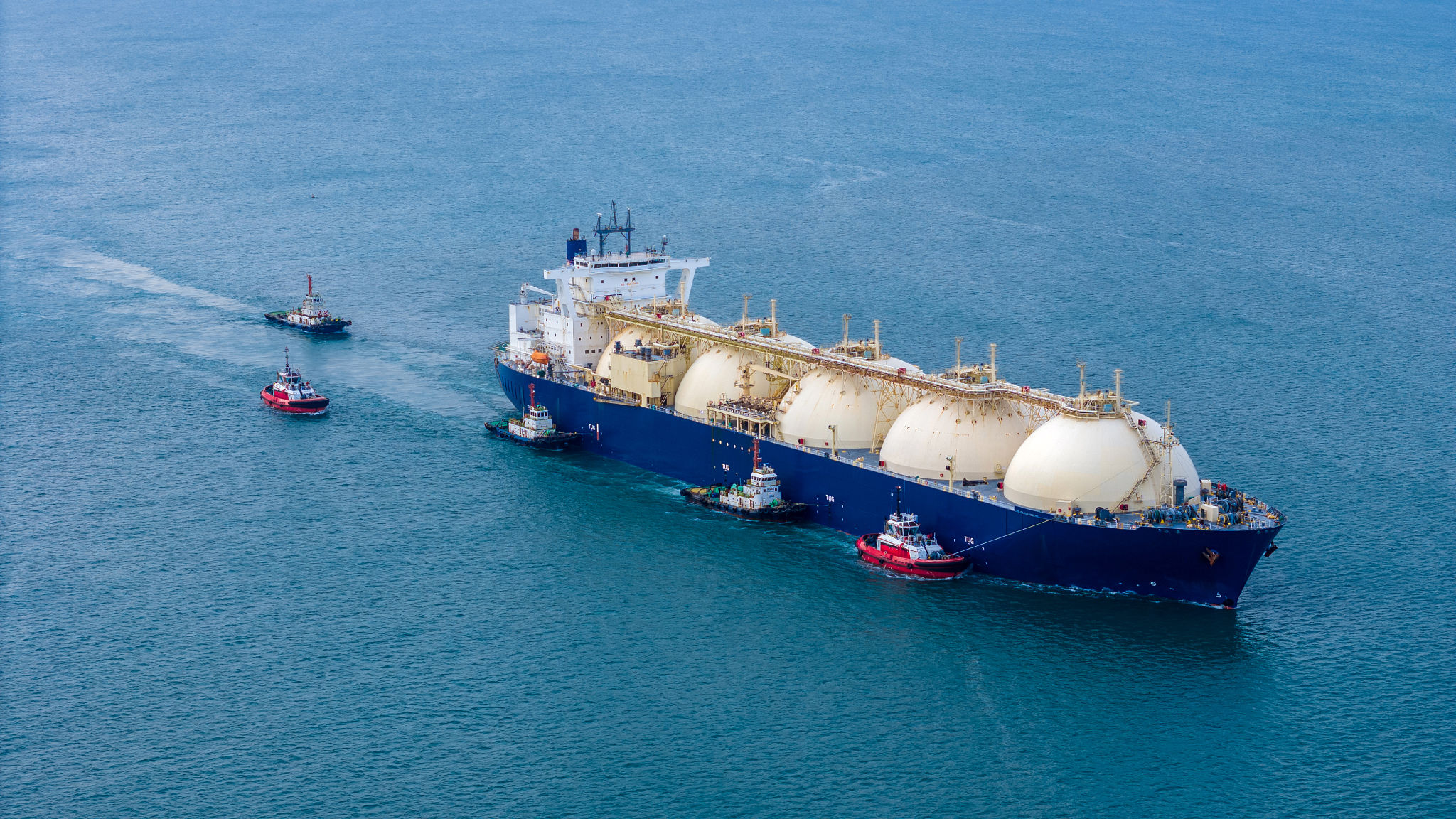The Role of AI in Maritime Safety: Enhancing Security with Machine Learning
Introduction to AI in Maritime Safety
The maritime industry has long been a cornerstone of global trade and transportation, but it also faces numerous challenges in ensuring safety at sea. With the advent of Artificial Intelligence (AI), the industry is witnessing a transformative shift in how maritime safety is approached. AI, particularly through machine learning, is enhancing security measures, offering predictive insights, and automating processes to reduce human error.
AI technologies are becoming integral to a wide range of maritime operations, from navigation and vessel management to emergency response and threat detection. These advancements are not only improving safety but also enhancing efficiency and reducing operational costs.

AI-Powered Navigation Systems
One of the most significant contributions of AI in maritime safety is in navigation systems. Traditional methods often rely heavily on manual input and human observation, which can lead to errors. AI-powered navigation systems utilize machine learning algorithms to process vast amounts of data, such as weather conditions, sea currents, and ship traffic patterns, to provide real-time guidance and decision-making support.
This technology helps ships avoid collisions, optimize routes for fuel efficiency, and navigate adverse weather conditions more effectively. By reducing the reliance on human input, AI-powered navigation systems significantly enhance the safety of maritime operations.
Predictive Maintenance and Equipment Monitoring
AI's role in predictive maintenance is another critical aspect of enhancing maritime safety. Machine learning algorithms can analyze data from sensors installed on ship equipment to predict potential failures before they occur. This proactive approach allows for timely maintenance, reducing the risk of equipment breakdowns that could lead to accidents.

By continuously monitoring the health of machinery, AI systems help in maintaining optimal performance levels, thereby ensuring that vessels remain seaworthy and safe. This not only improves safety but also extends the lifespan of equipment and reduces maintenance costs.
Enhancing Security with Threat Detection
The maritime industry is also leveraging AI for enhanced security through advanced threat detection systems. Machine learning models can analyze patterns and anomalies in vessel activities to identify potential security threats, such as piracy or smuggling activities.
These systems provide real-time alerts to security personnel, enabling them to take swift action to mitigate risks. Moreover, AI-powered surveillance tools can monitor vast areas of the sea, something that would be challenging for human operators alone.

Emergency Response and Rescue Operations
AI is playing a crucial role in improving emergency response and rescue operations in maritime settings. Machine learning algorithms can process data from multiple sources, such as satellite images and weather reports, to predict potential disasters and identify high-risk areas.
During emergencies, AI systems can assist in coordinating rescue efforts by providing accurate location data and optimizing search and rescue routes. This enhances the overall efficiency of rescue operations, potentially saving more lives.
The Future of AI in Maritime Safety
The role of AI in maritime safety is continuously evolving, with ongoing research and development aimed at further enhancing its capabilities. As technology advances, we can expect even more sophisticated AI solutions that will revolutionize how safety is managed in the maritime industry.
The integration of AI into maritime operations promises a future where safety is not only prioritized but also seamlessly integrated into everyday practices. By embracing these technologies, the industry can look forward to a safer, more efficient, and more secure maritime environment.
